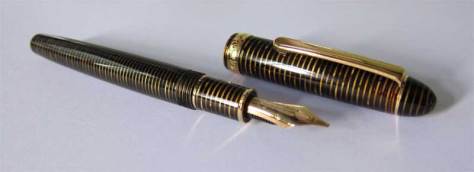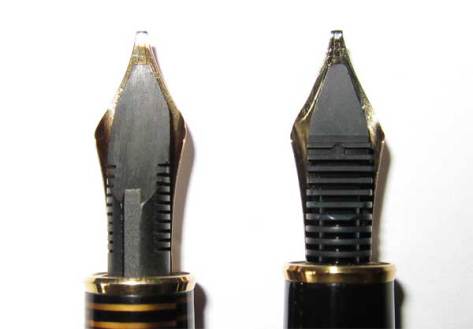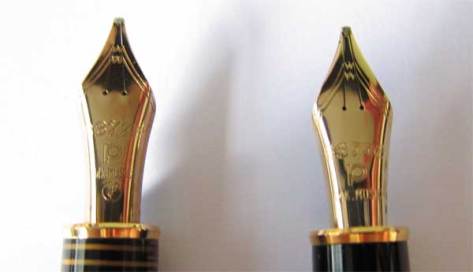
The Emperor of All Maladies by Siddhartha Mukherjee
My rating: 5 of 5 stars
By chronicling the efforts of individuals and organisations to defeat and understand cancer, the book to me is a mirror of our biological and psychological natures: compelling and unsettling at the same time.
The author (with very good editors I assume) weave a narrative of social trends, medical orthodoxies and human bias through the decades. It begins with the search for cures and progresses to efforts to discover how cancer actually begins and propagates, touching on other topics and fields in the process such as statistics, palliative care, legal struggles against tobacco companies. The author also scatters excerpts from his own personal experiences with cancer patients where appropriate.
It’s a work that captures human failings and accomplishments in a historical and social context. The author explains that he wanted to call it a “biography” because it felt as if he were writing about a specific person. I’d like to build on that – “The Emperor of All Maladies” is more like a mosaic comprising the efforts, sufferings and triumphs of countless people in an ongoing struggle against an implacable and intimate enemy.





